Universidad Femenina de Ewha (이화여자대학교)
10.7Km 2023-07-03
Ewhayeodae-gil 52, Seodaemun-gu, Seúl.
HONKAZ (혼가츠)
10.7Km 2021-03-29
36-6, Wausan-ro 21-gil, Mapo-gu, Seoul
+82-507-1399-8850
A famous restaurant in Hongdae that is famous for cheese cutlet. This Japanese (cuisine) restaurant is located in Mapo-gu, Seoul. The most famous menu is pork cutlet with cheese.
Sushigen (스시겐)
10.8Km 2020-02-11
6-12, Yanghwa-ro 7-gil, Mapo-gu, Seoul
+82-3144-7733
Sushigen is a restaurant where you can experience a truly traditional Japanese setting. At this establishment, there are two 'Idamaes' that prepare sushi in front of guests as soon as it is ordered. The skill of these sushi chefs carry a well-known reputation of excellence, guaranteeing perfection. In addition, though all the fresh fish is top-grade, it is served at affordable prices; the Chirashi is especially to die for. The Jjangkkonembi, steamed eggs, and fried tofu make a perfect companion to alcohol. Sushigen is a restaurant in pursuit of a fusion feel, with the melodies of jazz tickling the ears as soon as you walk in. The unique atmosphere and interior design make this a special place for dining. Additionally, all servers speak fluent Japanese, while the chefs present their diverse skills in a saxophone performance, making the dining experience at Sushigen even more memorable.
Ssangdari Gisa Sikdang (쌍다리기사식당)
10.8Km 2021-03-29
4, Seongbuk-ro 23-gil, Seongbuk-gu, Seoul
+82-2-743-0325
As a place where you can eat at affordable prices, it is a restaurant loved by local residents. The best menu at this restaurant is pork bulgogi. This Korean dishes restaurant is located in Seongbuk-gu, Seoul.
Mecenatpolis Mall (메세나폴리스 몰)
10.8Km 2024-02-21
Yanghwa-ro 45, Mapo-gu, Seúl.
Samjeongjip (삼정집)
10.8Km 2021-03-18
92, Gangseo-ro 56-gil, Gangseo-gu, Seoul
+82-2-3662-8040
A barbecue specialty restaurant located near Balsan Station in Seoul. The most famous menu is grilled Korean beef. A restaurant often featured on TV shows.
The Hanok Smith Likes (스미스가 좋아하는 한옥)
10.8Km 2019-11-26
22-7, Samcheong-ro, Jongno-gu, Seoul
+82-2-722-7003
The Hanok Smith Likes is an Italian restaurant that can be found in an alley near the Embassy of the Republic of Poland. The restaurant is famous for serving homemade Italian cuisine in traditional Korean house in Samcheong-dong.
The Smith in the restaurant’s name refers to a Mr. Smith, a virtual person cooks his favorite dishes in a hanok. One of the interesting aspects about this restaurant is that they serve hwadeok pizza (brick oven pizza) and pastas which are not the Korean dishes one might expect given the hanok exterior. They also serve salads, risotto, steak and wine at the restaurant. Particularly, the nighttime atmosphere of the restaurant offers a more serene and cozy experience thanks to the traditional hanok architecture.
Yeonwoohouse [Korea Quality] / 연우하우스 [한국관광 품질인증]
10.8Km 2024-11-19
5-13, Bukchon-ro 12-gil, Jongno-gu, Seoul
Yeonwoo Guesthouse is a quiet and cozy traditional Korean guest house (hanok) located in Gahoe-dong, Jongnogu in Bukchon Hanok Village, a charming area crisscrossed with a labyrinth of old alleyways. As it is close to some of Seoul’s most famous tourist attractions, including Changgyeonggung Palace, Changdeokgung Palace and Gyeongbokgung Palace, many tourists from Southeast Asia and Europe book a stay here.
It consists of two cozy guestrooms, each equipped with a bathroom. Among the guest house’s many charms is the panoramic view of Bukchon Hanok Village from its rooftop, which can be reached by a ladder. It also boasts the beauty of a traditional Korean house during the daytime and a spectacular view at nighttime.
As it is an old hanok, the owner pays close attention to hygiene, and has the entire building regularly sterilized by a sanitary control company.
Dahmsojung [Korea Quality] (담소정[한국관광 품질인증/Korea Quality])
10.8Km 2025-07-18
16-2, Bukchon-ro 9-gil, Jongno-gu, Seoul
Dahmsojung, meaning ‘a house full of laughs’, is a hanok guesthouse that provides sincere services and comfortable relaxation. Located in the middle of Seoul’s city center, this hanok hotel-class guesthouse was built using traditional hanok construction materials including the 200-years-old Korean land pine from Gyeongju, and clay for rooms. The owner originally bought the land to build the residential area for the family, but wishing to promote the charms of the hanok building to foreigners, it was opened as a guesthouse in October 2012. This hanok guesthouse with modern elements is decorated with refined interior items. It provides a special breakfast that consists of steamed rice wrapped in a lotus leaf and tasty side dishes without any artificial seasonings. All the vegetables used for the meals are organic and cultivated by the owner. It also uses refined objects including high quality tableware, bedding (cotton bedclothes with colored stripes), authentic ceramics, lacquered painting by an artisan, and artistic living items. It carries out a cleaning and disinfection process every day as well. In particular, Hinoki cypress with a subtle scent was used for the bathroom. The home bar was installed especially for foreign guests who find it difficult to sit on the floor in the kitchen. These detailed consideration and decorations have attracted many guests including foreign diplomats, VIPs, and so on.
It also operates a hands-on programs including ‘calligraphy’ and ‘making a fan’ that are held on the main floored room and are popular among foreign guests. Dahmsojung offers guests sophisticated services and comfortable facilities with a clean and traditional atmosphere that attracts many domestic and foreign guests.
The Hyoosik Aank Hotel Sinchon (더휴식 아늑호텔 신촌점)
10.8Km 2025-04-11
49, Yonsei-ro 2-gil, Seodaemun-gu, Seoul

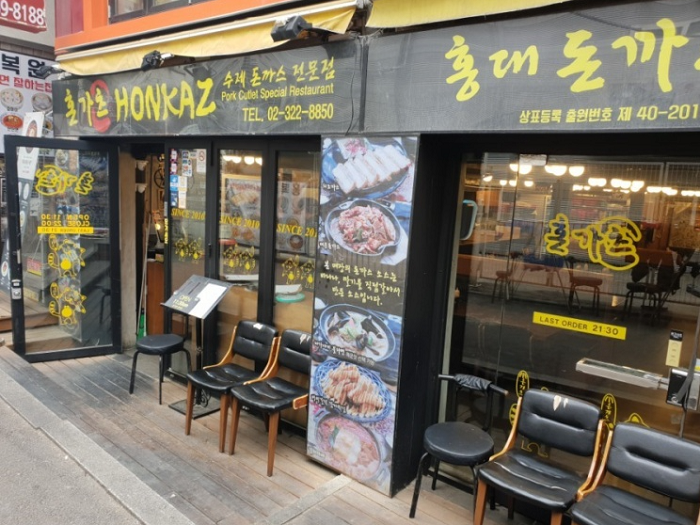
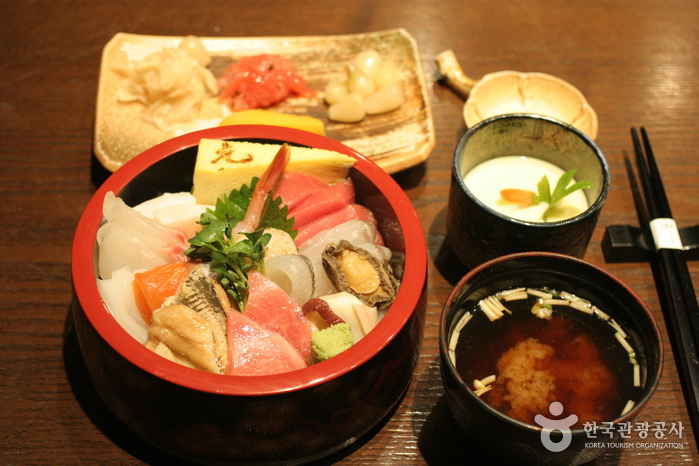
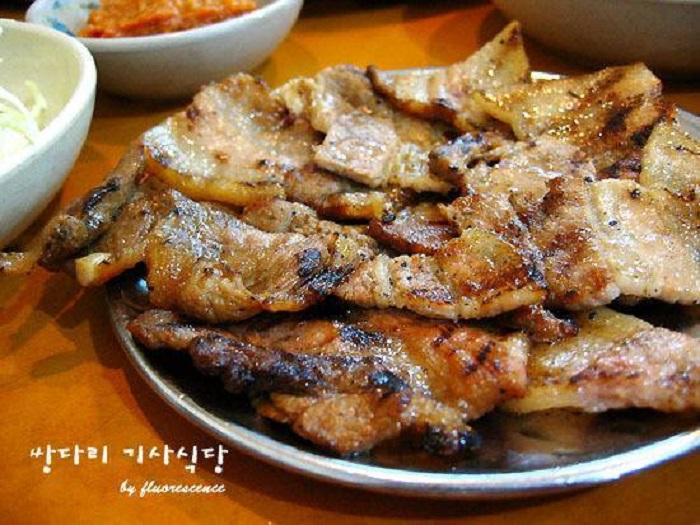
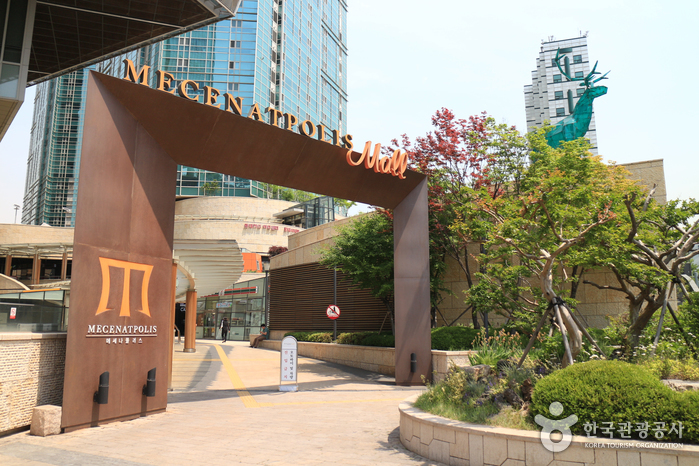
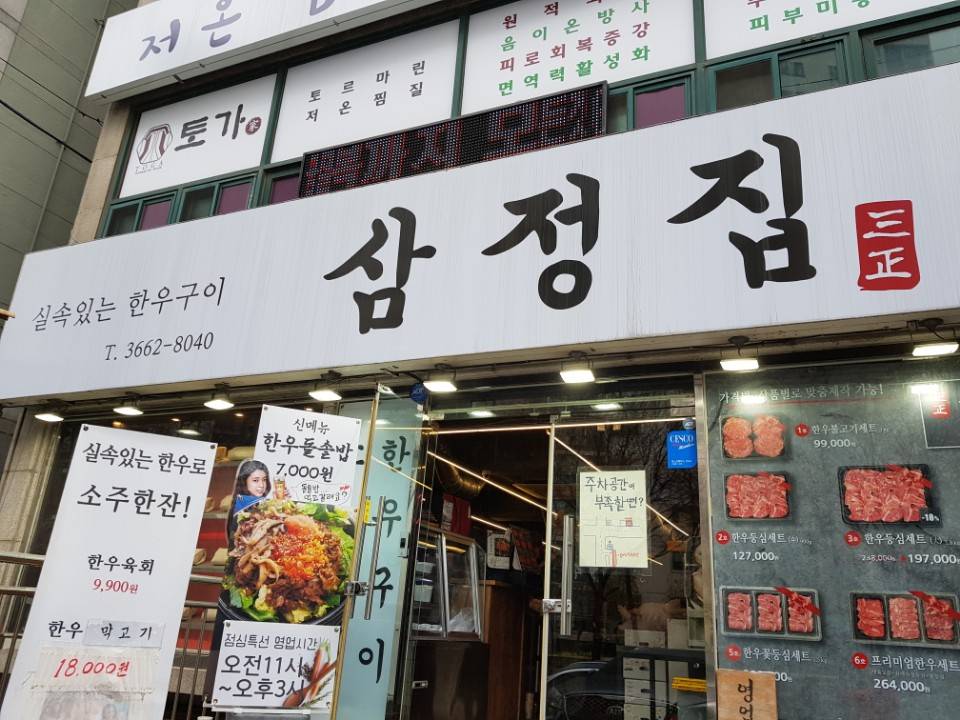
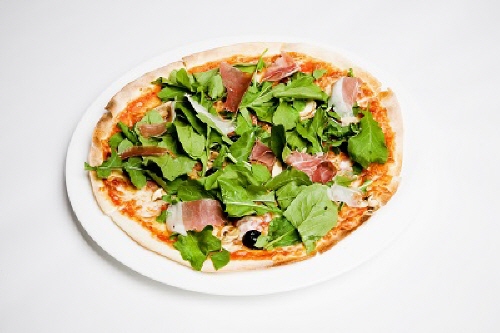
![Yeonwoohouse [Korea Quality] / 연우하우스 [한국관광 품질인증]](http://tong.visitkorea.or.kr/cms/resource/83/2557483_image2_1.jpg)
![Dahmsojung [Korea Quality] (담소정[한국관광 품질인증/Korea Quality])](http://tong.visitkorea.or.kr/cms/resource/20/2684320_image2_1.jpeg)
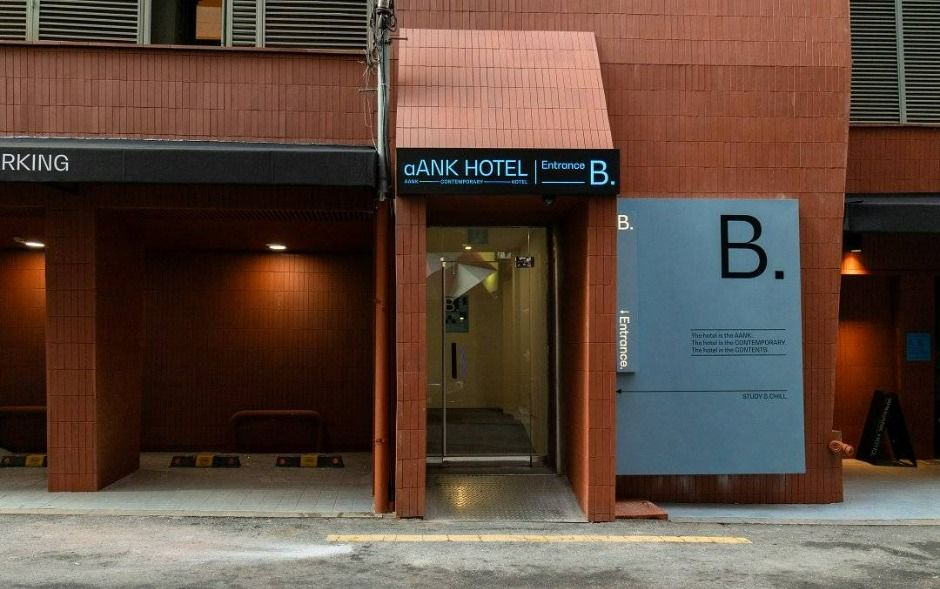
 Español
Español
 한국어
한국어 English
English 日本語
日本語 中文(简体)
中文(简体) Deutsch
Deutsch Français
Français Русский
Русский